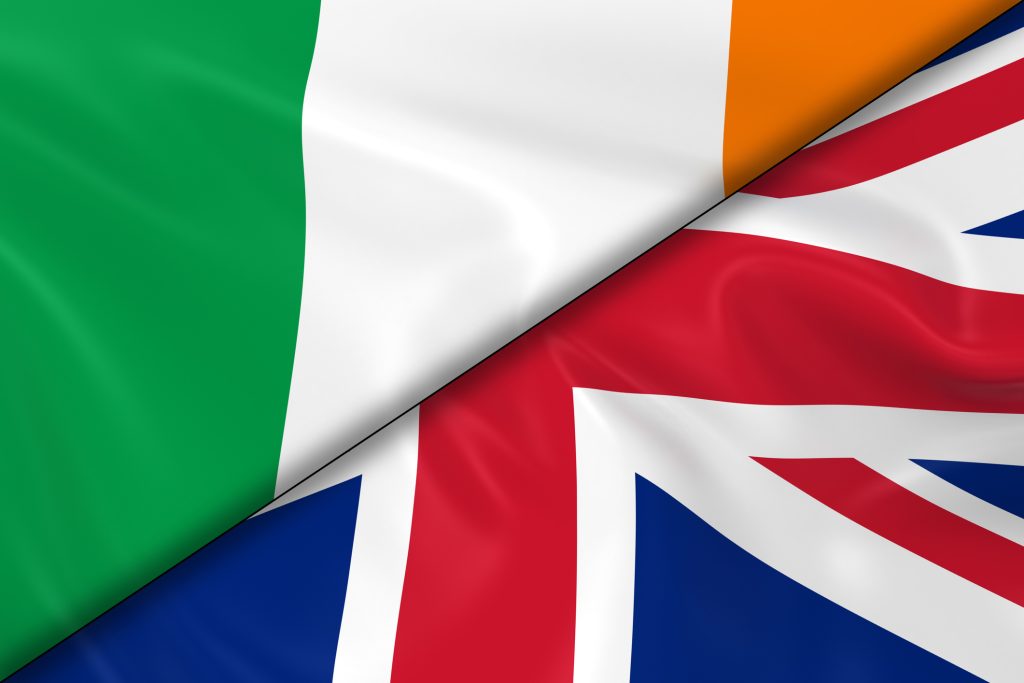
On July 12th, the BBC aired an hour-long segment on the main Orange marches held across Northern Ireland and included a piece on the earlier march in less-clement weather at Rossnowlagh, Co Donegal.
Marches this year in glorious weather attracted record numbers of participants and onlookers compared with recent years. Colourful, musical and sometimes even flamboyant, there were more than 500,000 participants including marchers, bands and spectators, it was claimed.
To most southern eyes, they are in many ways still a strange spectacle. The Orange Order may exist in a small way in Border counties, but it has little visibility for most people living south of the Border.
For most northern nationalists, the Orange Order is very different; for them it is a Protestant, unionist body created 200 years ago to ensure Protestant ascendancy over Irish Catholics and to preserve the constitutional link with Great Britain. Its parades connote for them triumphalism, ascendancy and, to an extent, a culture of their own subjugation.
Whichever way the marching season is viewed – whether as a simple statement of identity or one of ascendancy – it is not going to disappear any time soon.
But that is not to say that things are not changing – both for orange and green.
For one thing, differences between Catholicism and Protestantism are increasingly irrelevant to the thinking and outlook of many younger people. Religious fundamentalism on either side is withering in a more secular world. Constitutional, as opposed to doctrinal, aspirations and beliefs still divide the people of Northern Ireland.
A second change is in the demographics of the North. In four out of the six counties, census data now show that people identifying as Catholic outnumber those belonging to all other Christian denominations. Catholics are outnumbered by other Christian denominations only in Antrim and Down. And even then, Catholics outnumber all other Christians in the city of Belfast. A growing number of the population identify with neither category.
Whatever the aspirations for of Northern Ireland, it is not a “Protestant state for a Protestant people”. Nor is the Republic a “Catholic state for a Catholic people” in any real sense.
Observers study the tea leaves of opinion polls to confirm their own preferences.
Asking northern voters whether they believe that there will be a Border poll in the next 10 years or whether there should be such a poll in that period is a distraction – of which this newspaper is sometimes guilty.
The only real question is as to how they would vote if such a poll were held. As of now, it seems that northern voters would reject Irish unity by a decisive margin.
As an experienced observer of referendums, I would add that most voters in Northern Ireland will only vote in such a Border poll by reference to the package on offer – not on a constitutional abstraction.
That is why many supporters of Irish unity – myself included – ask what package would be put before voters for their consideration. If that cannot be answered then you can forget about a northern majority voting to leave the United Kingdom.
But how can that question be answered? The naive say that we should have two successive referendums – the first on the principle of Irish unity and a second on the negotiated substance of a united Ireland.
People will not back such a proposal. Moderate unionists in the North will not throw away their voters’ bargaining position by conceding the principle and opting for a place at a negotiating table on the substance where they and their allies will be in the minority.
The real world doesn’t work like that. If those of us who favour Irish unity of some kind cannot spell out what is involved then a majority of northern voters (and probably of southern voters too) will vote No.
And it probably comes down to this: if you want to accommodate the substance of the unionist and loyalist identity in any new Ireland then you will have to propose a confederal solution as distinct from a unitary state. Dismantling Northern Ireland completely, even to accommodate it within a dismantled and reconstituted Republic, is probably impossible to achieve even with majority support and without massive resistance.
Why can’t Sinn Féin spell out exactly what it means by a united Ireland for unionists to consider? Are they afraid of the reaction – north and south – to the hard-left unitary socialist state model they are committed to in private? The same question applies to other parties.
How exactly could you accommodate the British identity in a unitary state as was promised in the Belfast Agreement?
Forget about burning pallets and Tricolours in loyalist heartlands. The huge turnout for the Twelfth parades is a reminder for republicans like me who aspire to a united Ireland that they haven’t gone away either.
